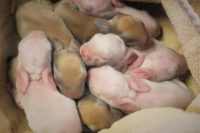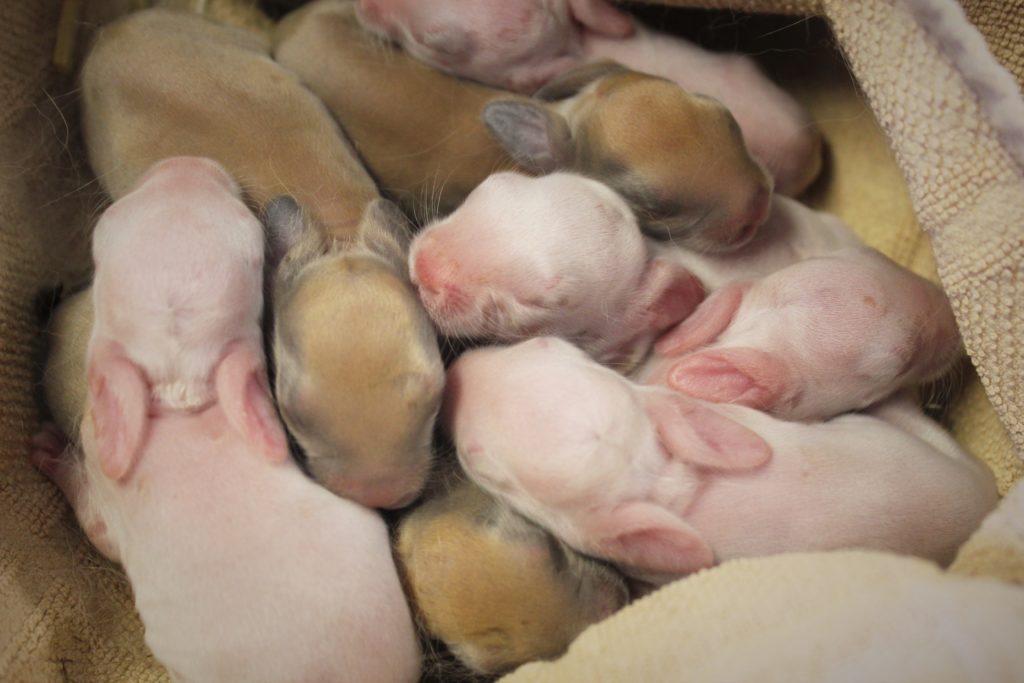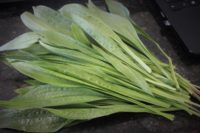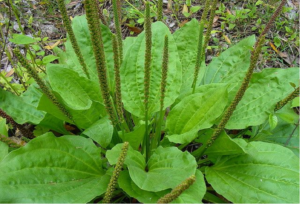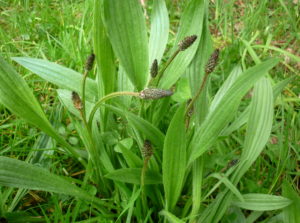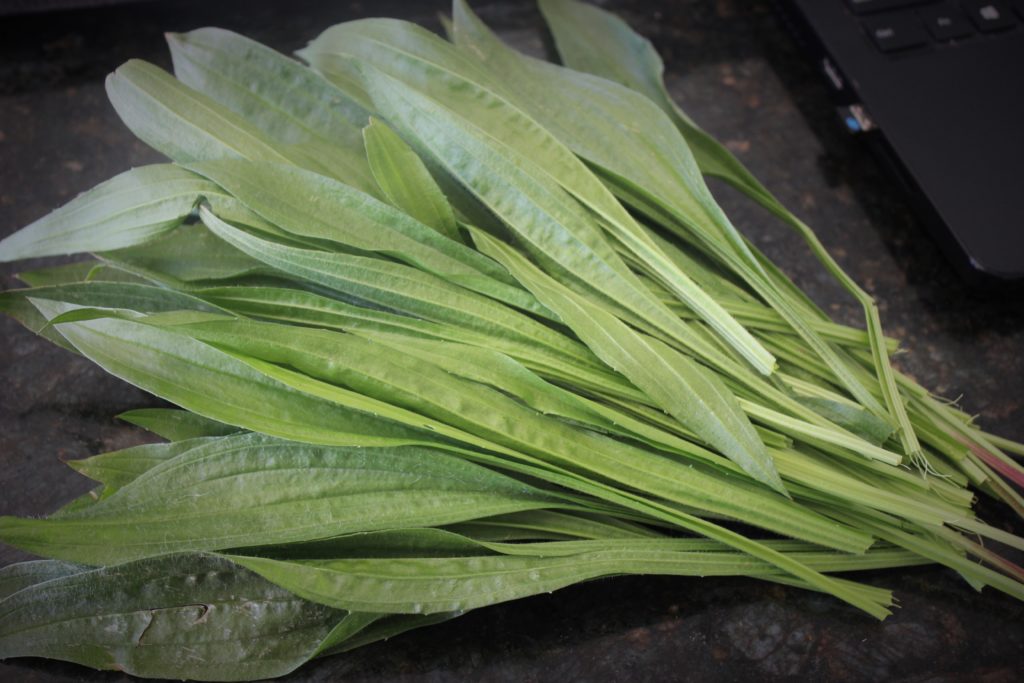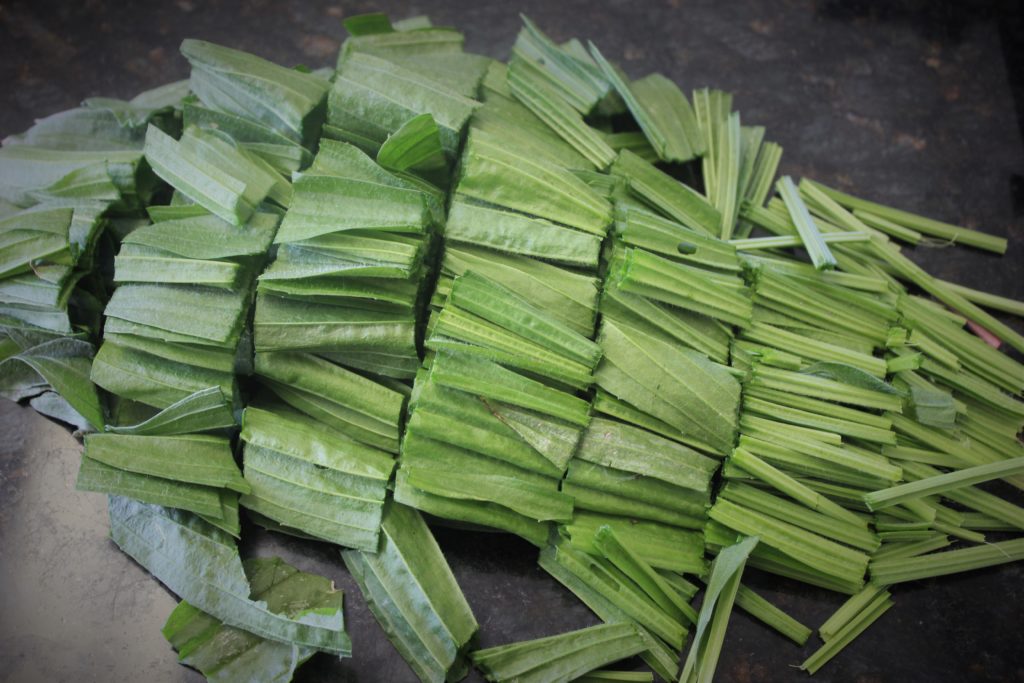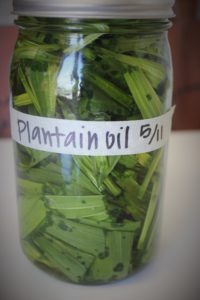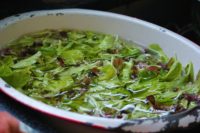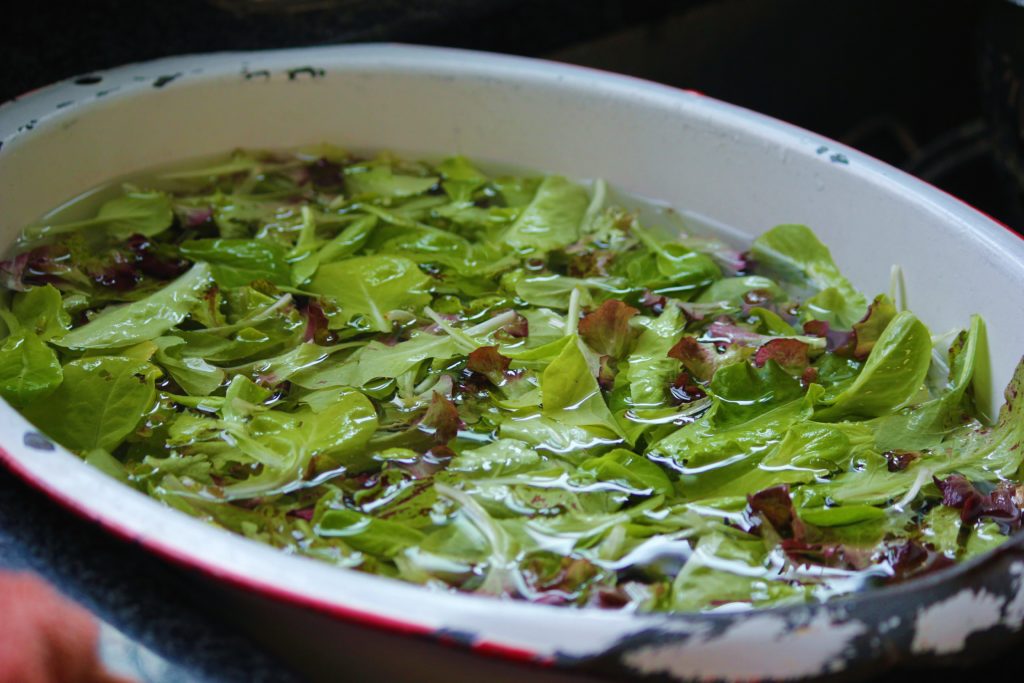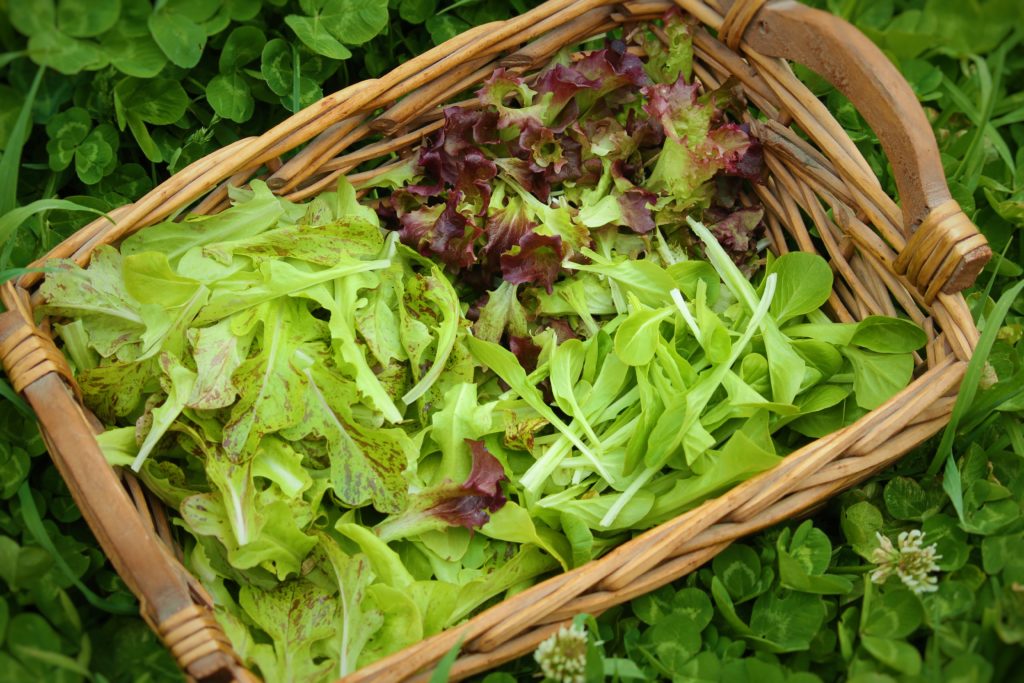Our blog has been silent the past few months, mostly the business of putting the farm to bed, getting kids back in school and taking on some new adventures occupied our time. We have also been much occupied, musing over the direction we want to take this little piece of land. This will be our fifth spring here and while in some respects we have come a long way and in others I feel like we are in the same place we were four years ago.
Last year I pushed really hard to get our names out there and to grow enough produce to sell, we had a bumper crop of spring lettuce that was glorious and we were able to sell what we didn’t eat ourselves. We also did very with eggs, sometimes I wasn’t even able to supply the demand for them. But aside from that it was a bust, spring crops did well, summer and fall failed horribly. We put so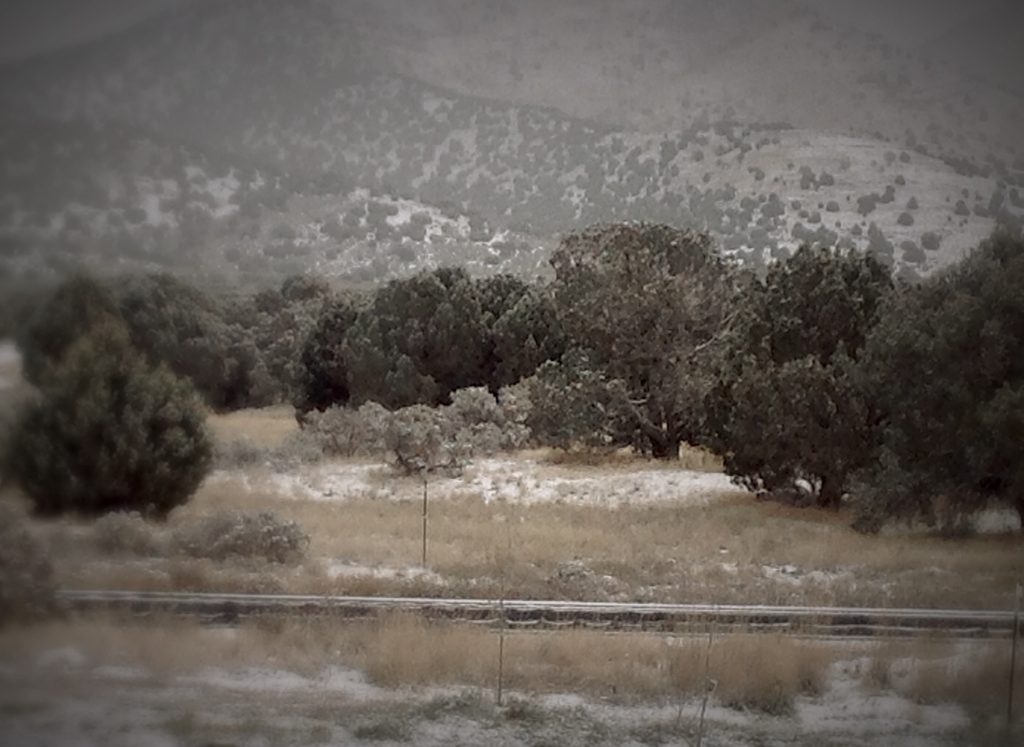 much time and effort into crops that either didn’t produce or were over run by bugs and field bind weed. Organic farming is hard, so very hard.
much time and effort into crops that either didn’t produce or were over run by bugs and field bind weed. Organic farming is hard, so very hard.
When we bought this place four years ago we felt so drawn to this run down, un-loved piece of property. We knew it was going to be something special, what we didn’t’ know is that it wouldn’t be exactly how we envisioned it. There are other, bigger, plans for this place. I’ve always felt this was going to be a space for healing, I figured it would come by providing good food to the surrounding community, and it still might, eventually, but I think it will be more than that. So this year we are scaling back some. Part of the garden, about a third, is going to spend the season covered in black plastic to kill the bind weed that has taken over, the next three years we will be doing that. I am going to focus on my medicinal herbs, to expend my family’s personal herbal pharmacy and to share. We are working on a major addition to the farm house, a dowdy house, for my in-laws to live so we can care for them in their elderly years. I am going to be working on expanding my holistic healthcare business, I am a footzoner, and I am taking classes to become a master herbalist. We plan on working on creating fertility in the area designated as the “peach orchard” and will be planting trees in the next few years and have great plans for a large raspberry patch that will eventually be open to the public as a “pick-your-own”.
Wonderful things are in the works for this little piece of heaven that is ours. We hope to make is a place of peace and healing that people will want to come to.

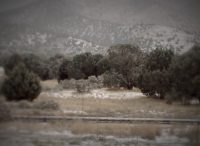
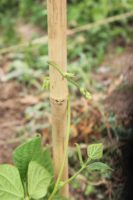
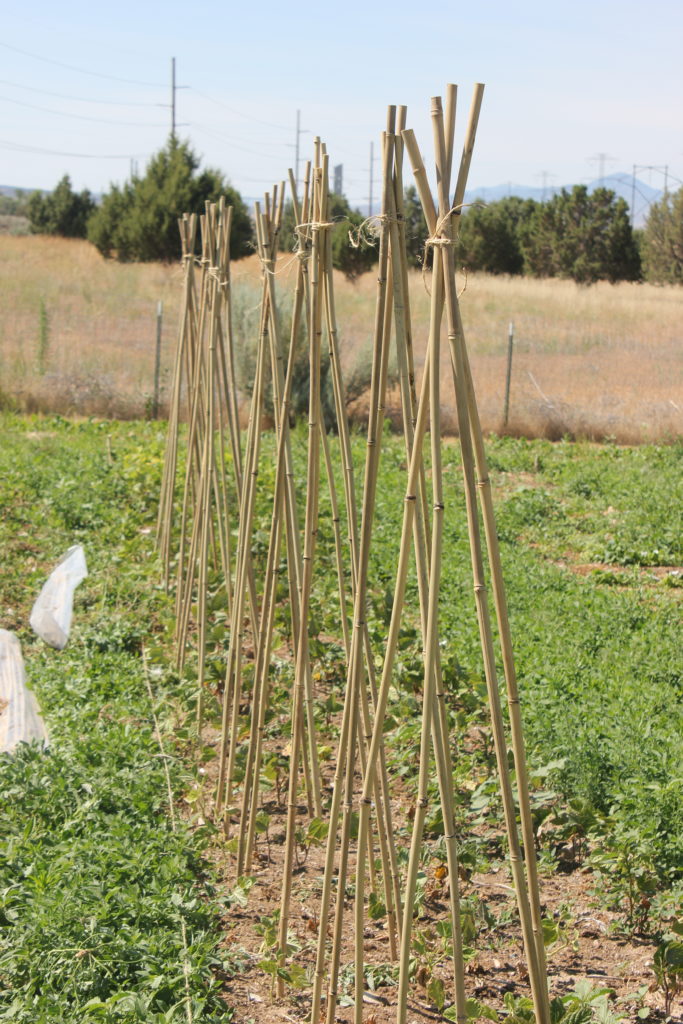
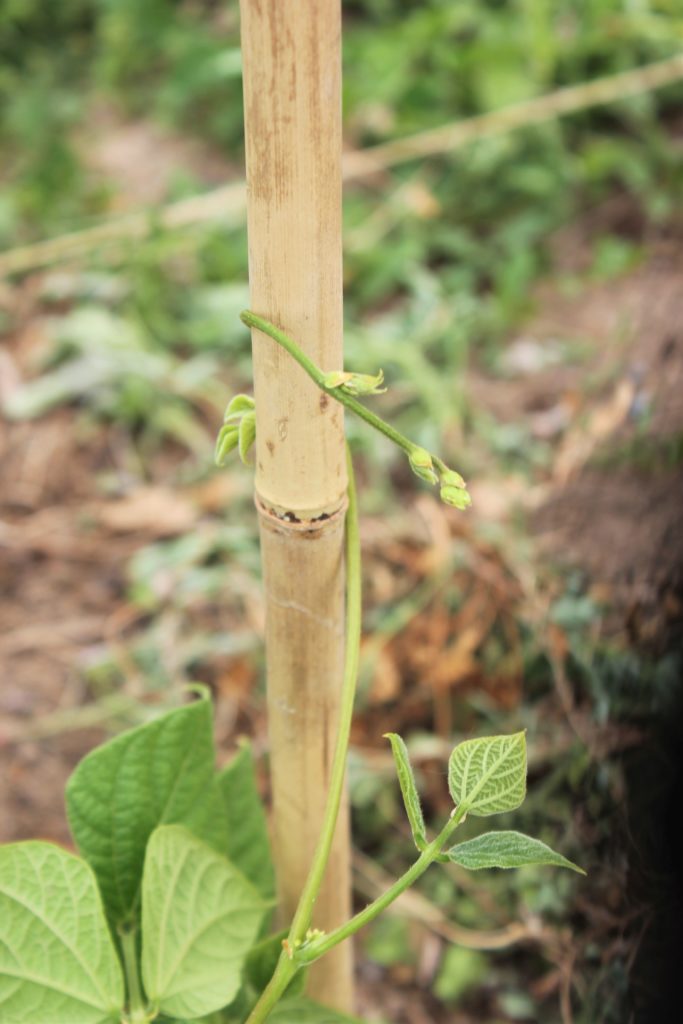 The green beans were planted in one of the two beds that we didn’t sheet mulch. We didn’t have time to get it done before planting season and I figured that since they were such a hardy and easy-going plant that they’d do just fine with a little manure raked in. I was wrong. I think they might be jealous of their neighbors, who are planted in several inches of good compost and mulched heavily with bark and leaves. Who knew green beans could be such divas?
The green beans were planted in one of the two beds that we didn’t sheet mulch. We didn’t have time to get it done before planting season and I figured that since they were such a hardy and easy-going plant that they’d do just fine with a little manure raked in. I was wrong. I think they might be jealous of their neighbors, who are planted in several inches of good compost and mulched heavily with bark and leaves. Who knew green beans could be such divas?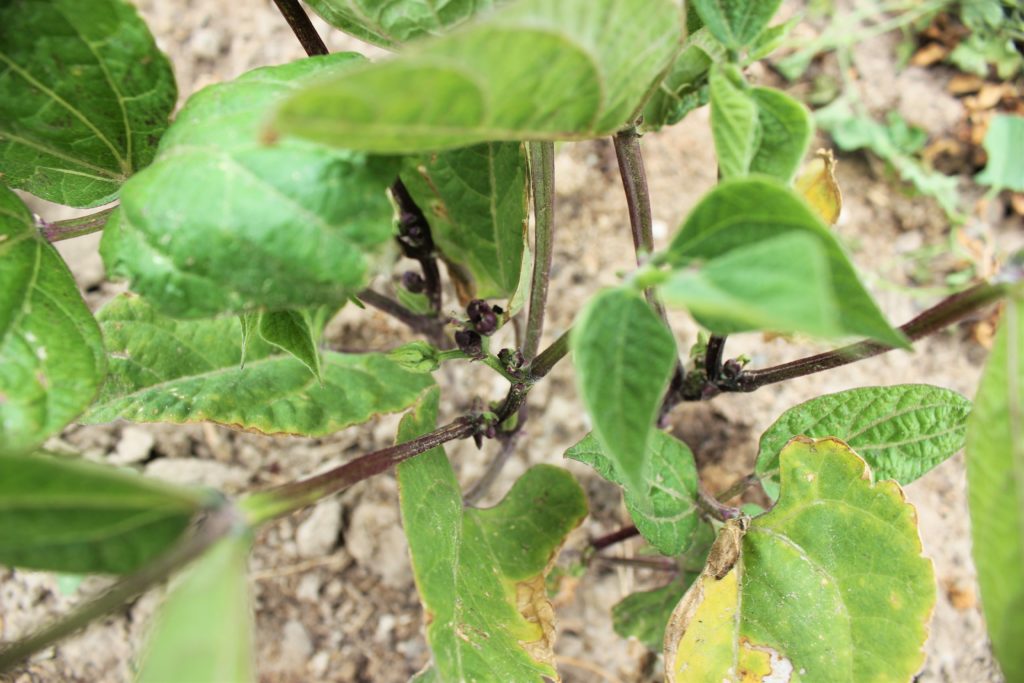
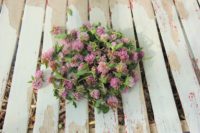
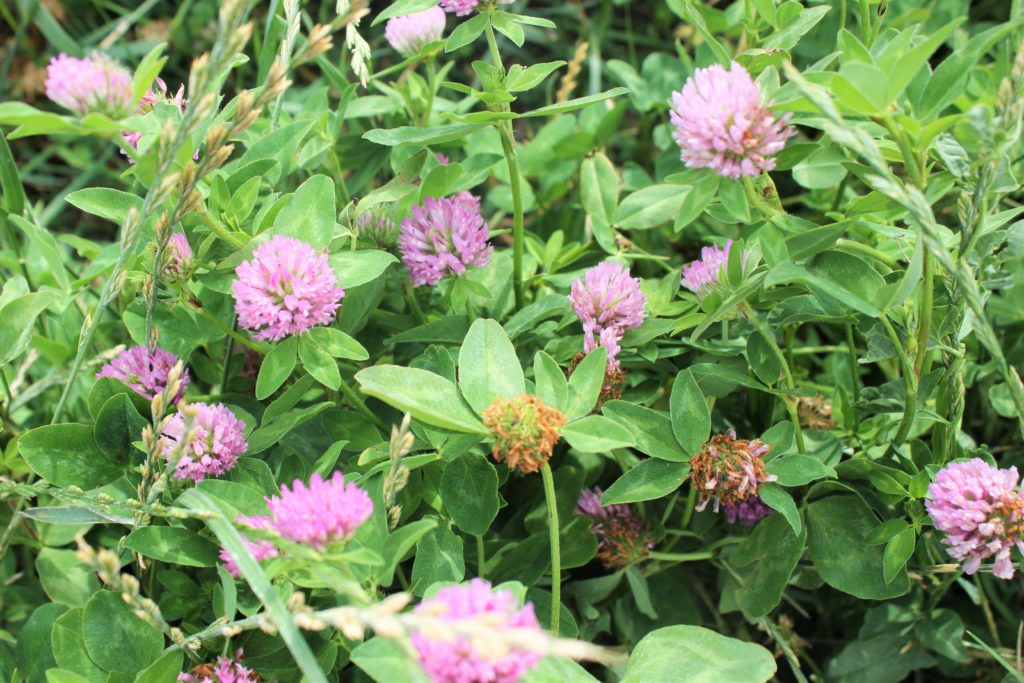
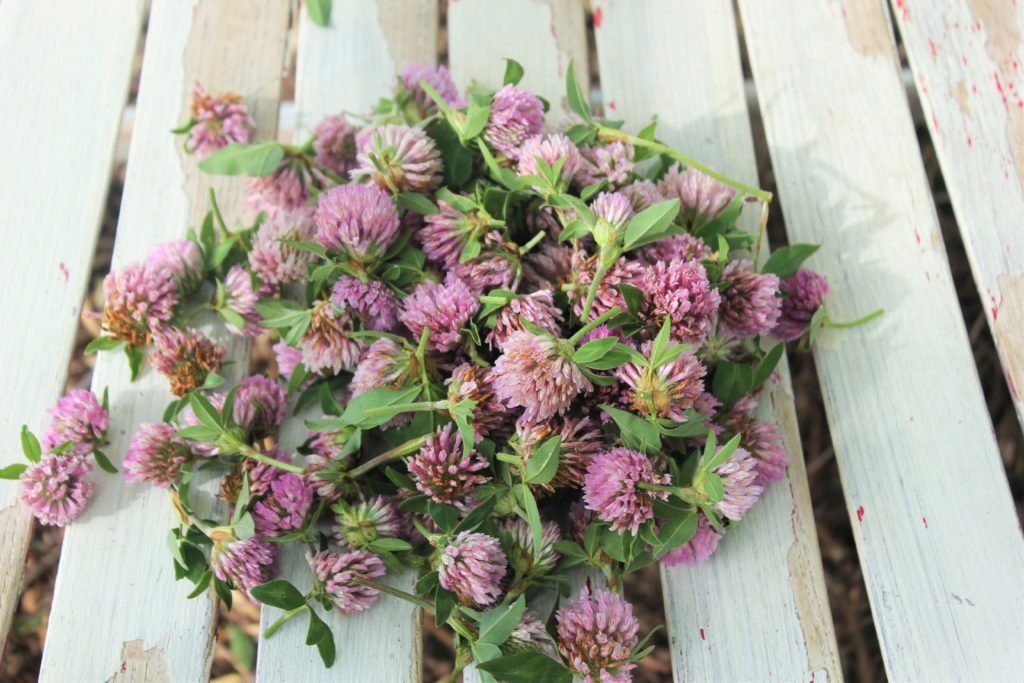
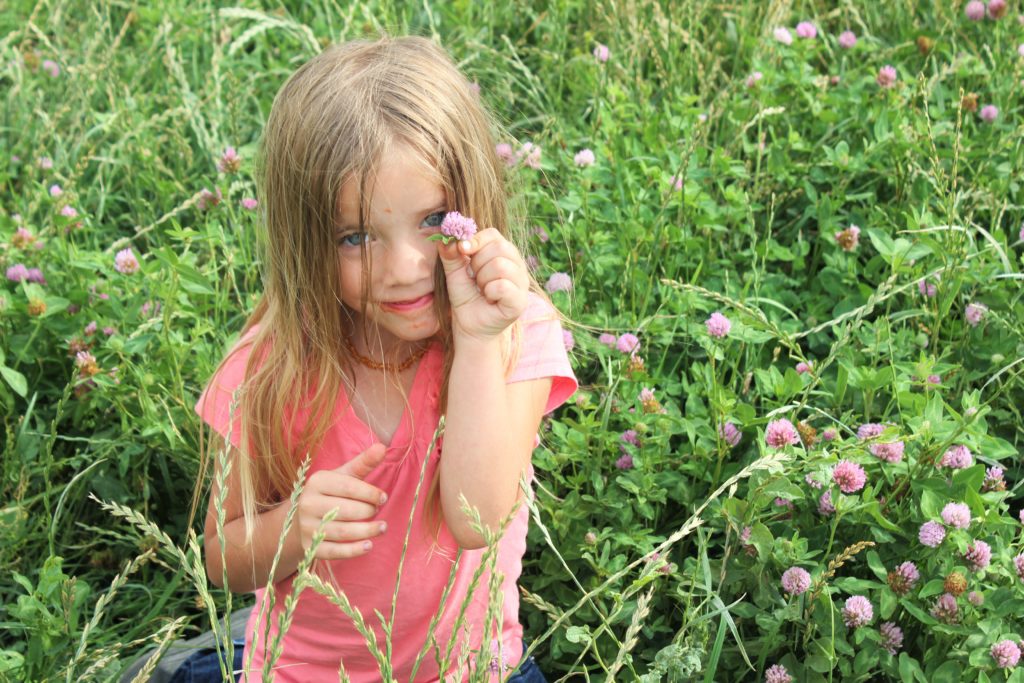 When the clover gets tall and starts to blossom its time to harvest! Cover is a fun herb to harvest, especially for the little kids, its very simple, just pop the flower off. My little ones like to recite the line “Mama had a baby and her head popped off!” while picking clover, they also like to snack on the blossoms as we gather. We get a big paper grocery sack and fill it up about half way full. you have to be careful drying clover blossoms, they need a lot of air flow to dry without molding. Some people suggest laying the blossoms in a basket in a single layer not touching. I don’t have the room to dry herbs that way, so I put them the paper grocery sack and leave it on the kitchen counter where I see it often, and several times a day I give it a shake or stir. The paper helps wick away the moisture and stirring it often keeps the blossoms separate and allows for air flow. It takes about two weeks to dry in my neck of the woods, but we are dry, it will take longer in more humid climates.
When the clover gets tall and starts to blossom its time to harvest! Cover is a fun herb to harvest, especially for the little kids, its very simple, just pop the flower off. My little ones like to recite the line “Mama had a baby and her head popped off!” while picking clover, they also like to snack on the blossoms as we gather. We get a big paper grocery sack and fill it up about half way full. you have to be careful drying clover blossoms, they need a lot of air flow to dry without molding. Some people suggest laying the blossoms in a basket in a single layer not touching. I don’t have the room to dry herbs that way, so I put them the paper grocery sack and leave it on the kitchen counter where I see it often, and several times a day I give it a shake or stir. The paper helps wick away the moisture and stirring it often keeps the blossoms separate and allows for air flow. It takes about two weeks to dry in my neck of the woods, but we are dry, it will take longer in more humid climates.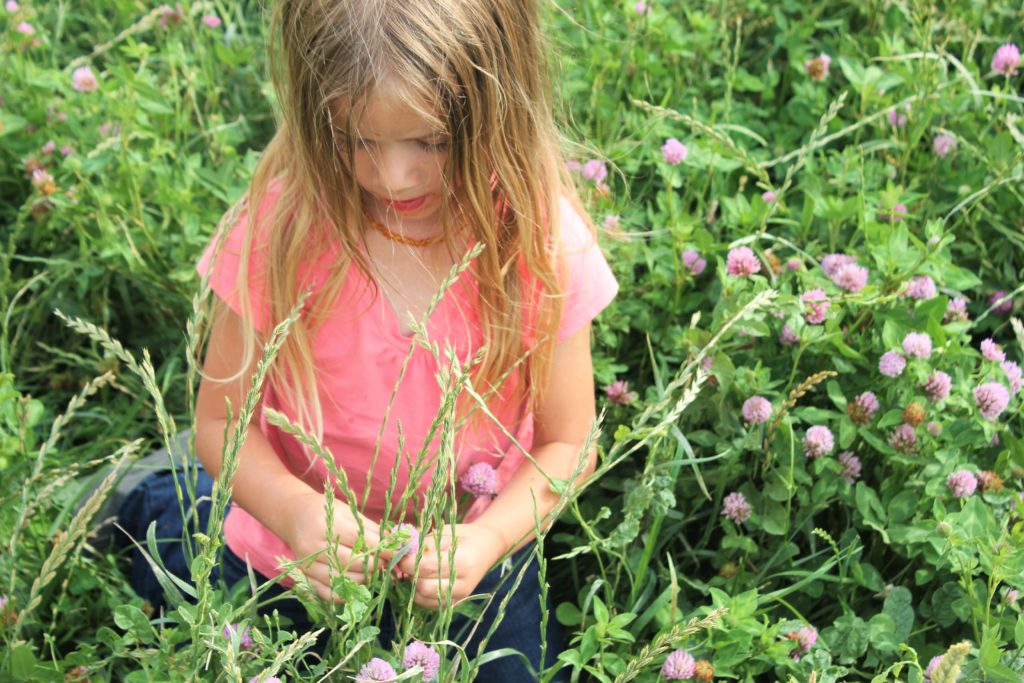 Red Clover is an infusion that I use in my regular rotation, I plan on making it my ally when I move from child bearing years to my menopausal years and beyond.
Red Clover is an infusion that I use in my regular rotation, I plan on making it my ally when I move from child bearing years to my menopausal years and beyond.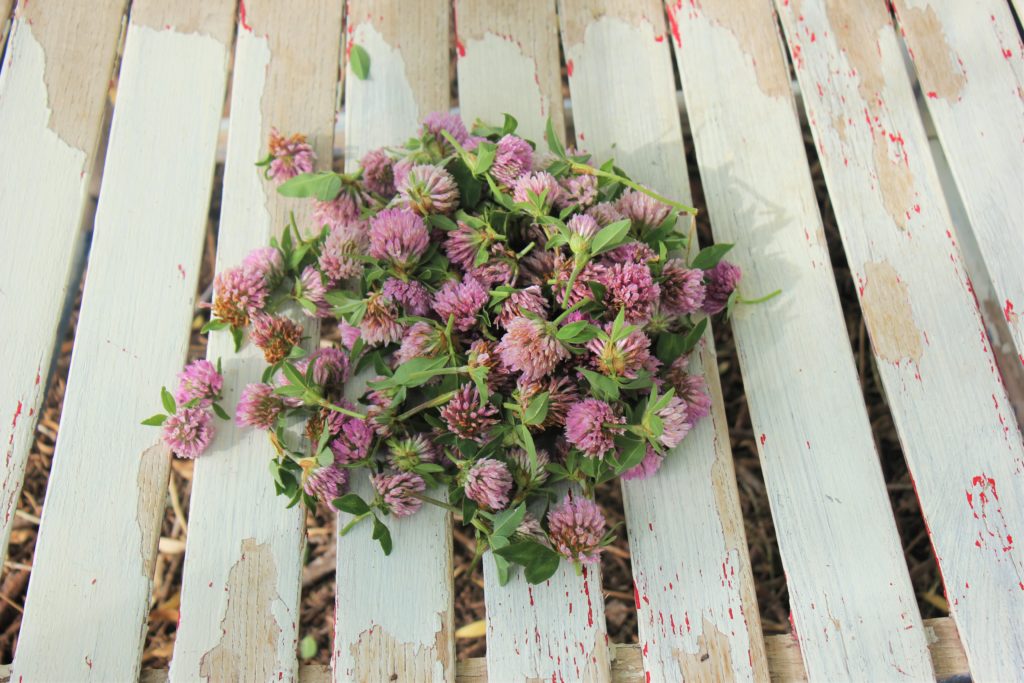
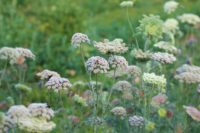
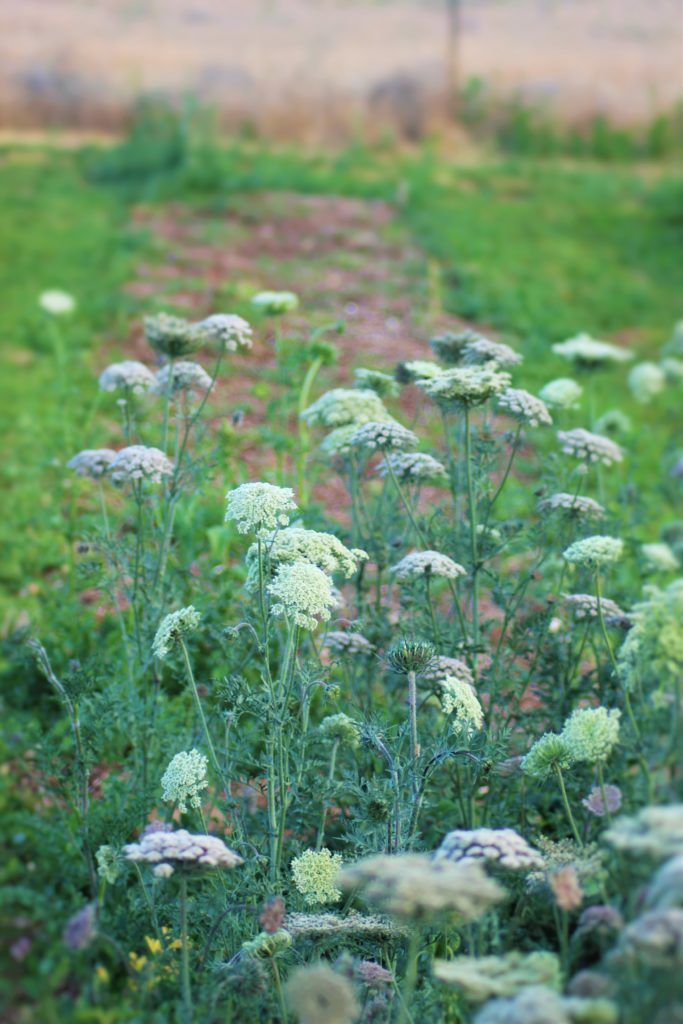
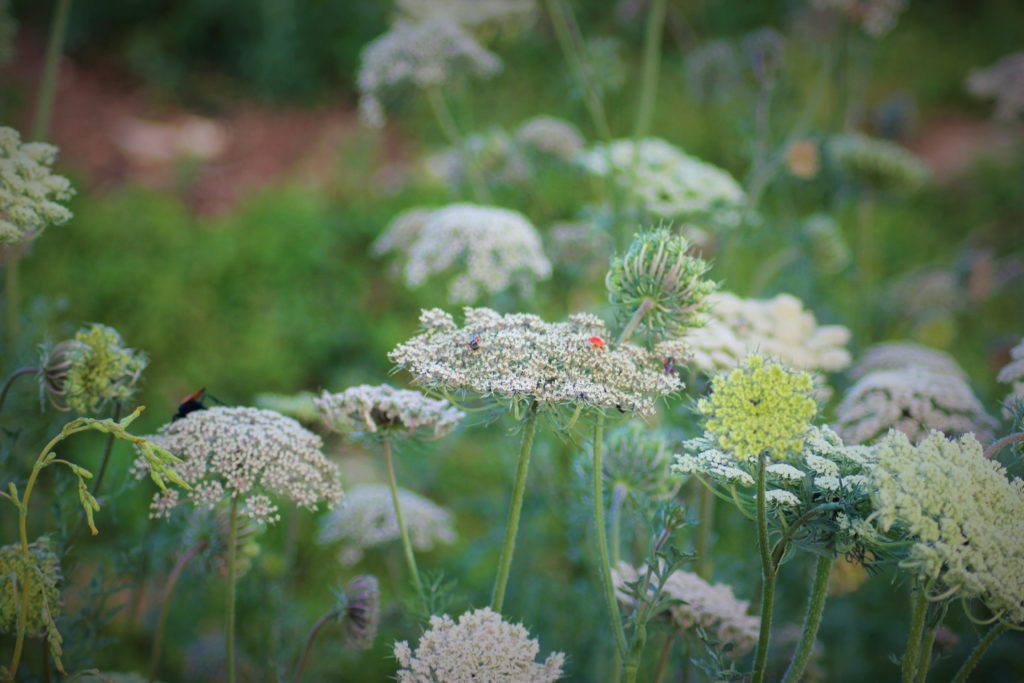 I. Have. No. Idea. None, nada, ziltch.
I. Have. No. Idea. None, nada, ziltch.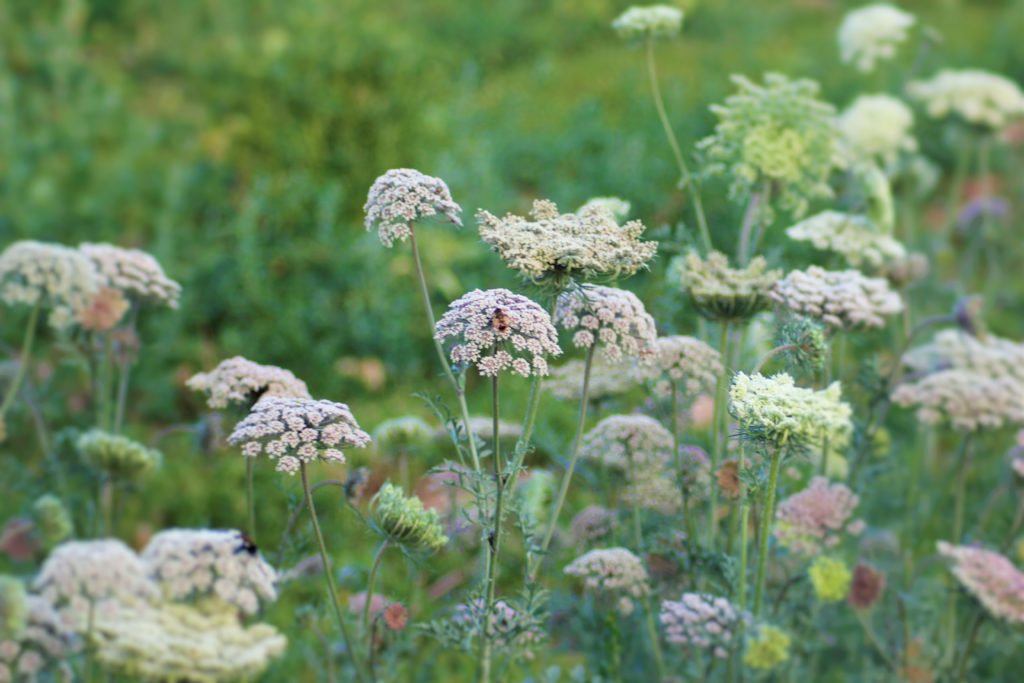 I was quite cross when I first realized what had happened and I almost pulled out every single one of them. Then I got curious and decided to wait and see. I’m glad I did. They are a delightfully un-expected addition to my boring vegetable garden, waving their pretty little colors in the breeze.
I was quite cross when I first realized what had happened and I almost pulled out every single one of them. Then I got curious and decided to wait and see. I’m glad I did. They are a delightfully un-expected addition to my boring vegetable garden, waving their pretty little colors in the breeze.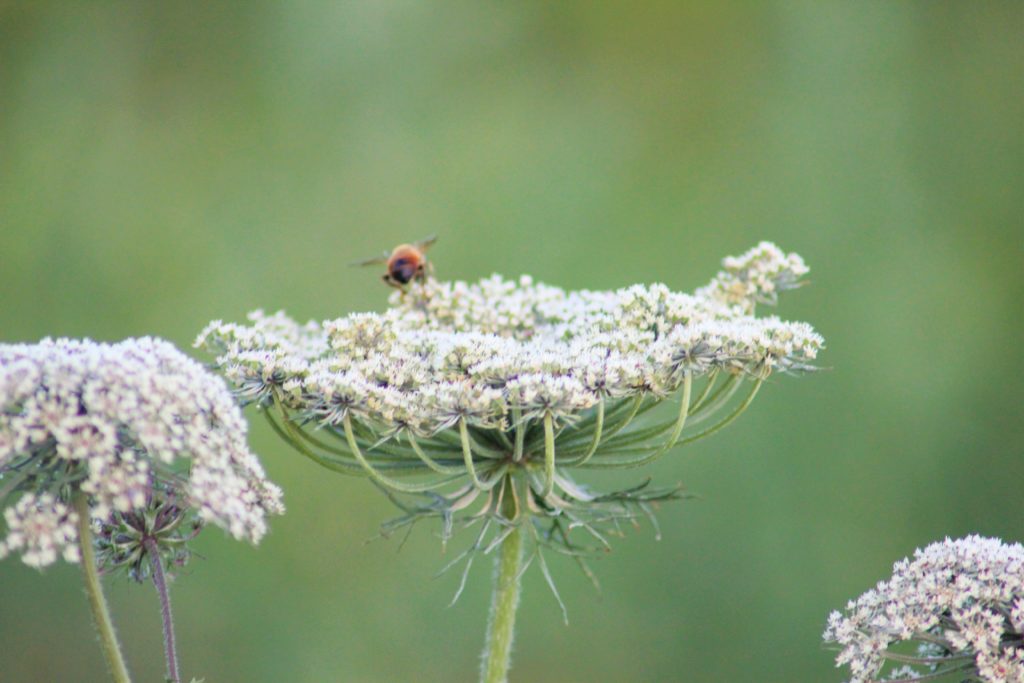 I’ve fallen in love, and I believe that these little flowers are going to make a seed collector out of me after all, I want to duplicate them next year all over the garden.
I’ve fallen in love, and I believe that these little flowers are going to make a seed collector out of me after all, I want to duplicate them next year all over the garden.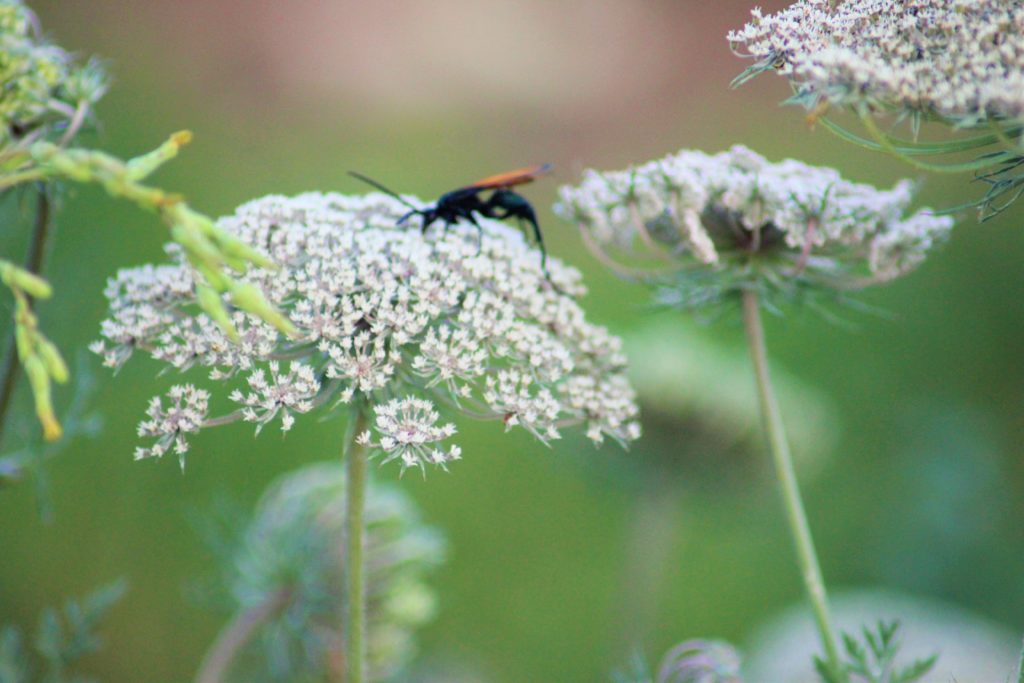
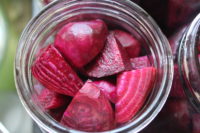
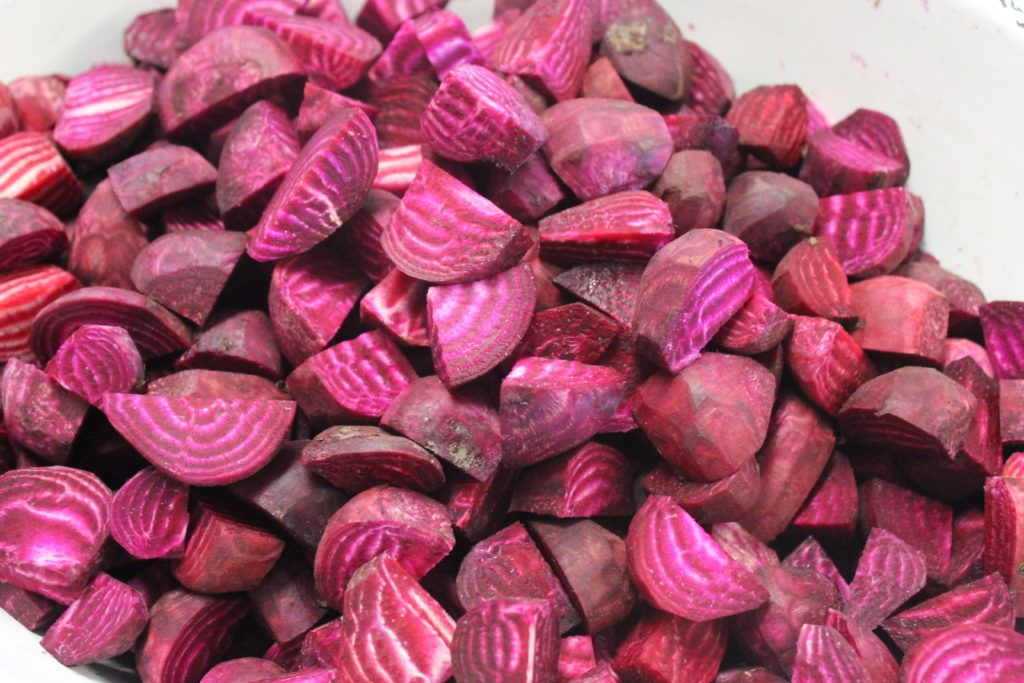
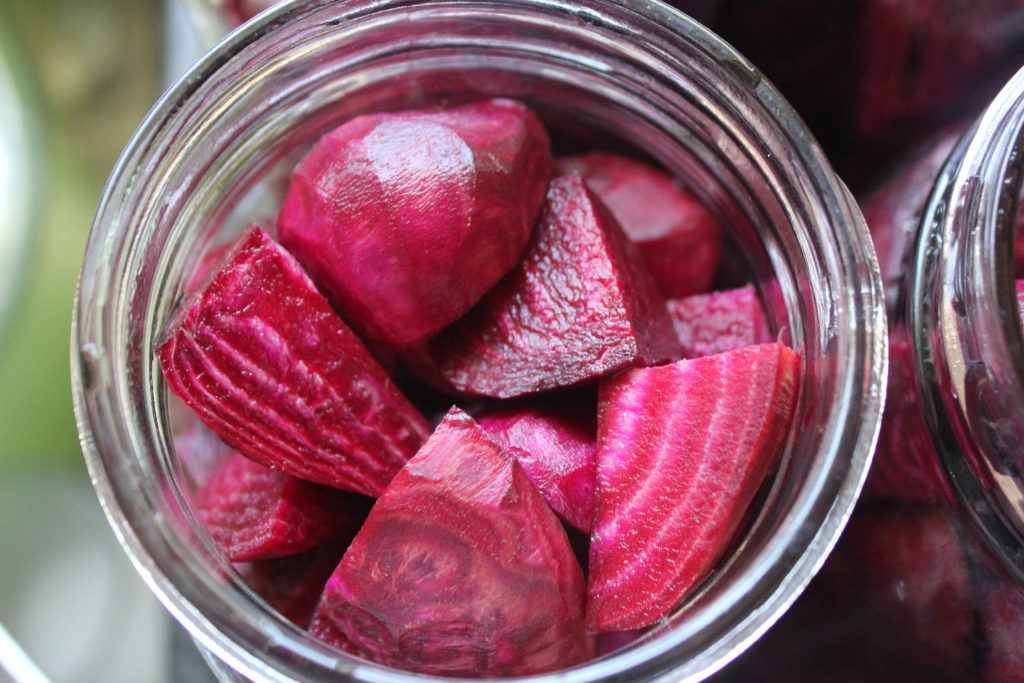
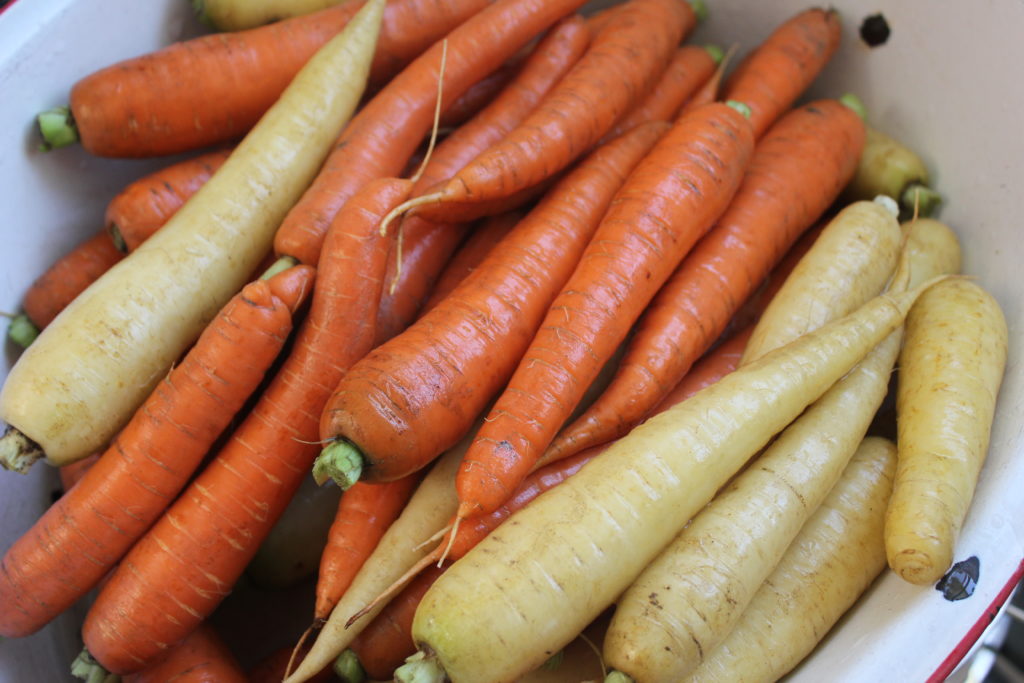 Carrots washed and peeled, I love the soft, translucent orange and light yellow of the roots when I peel them. I had planned on having dark purple carrots as well, but they had a different surprise in mind for me, something I will write about later.
Carrots washed and peeled, I love the soft, translucent orange and light yellow of the roots when I peel them. I had planned on having dark purple carrots as well, but they had a different surprise in mind for me, something I will write about later.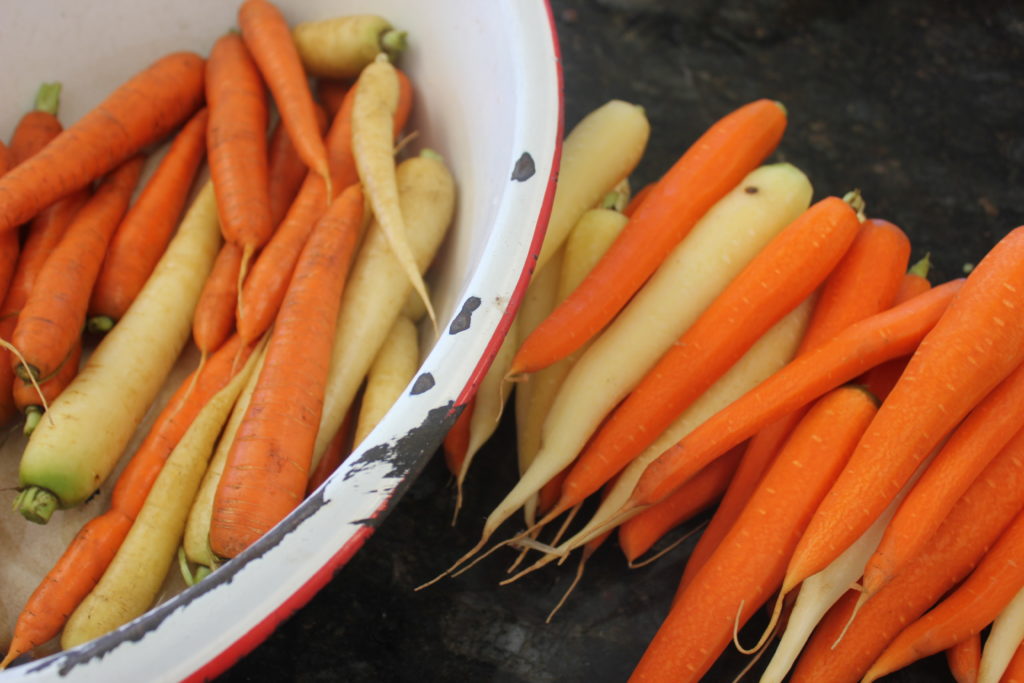
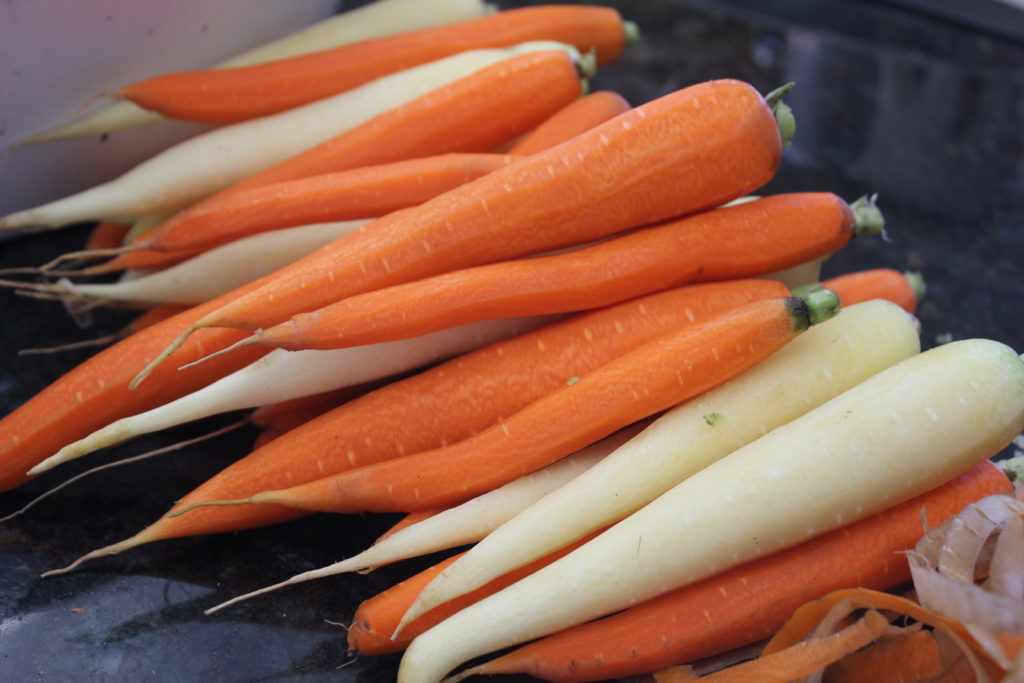
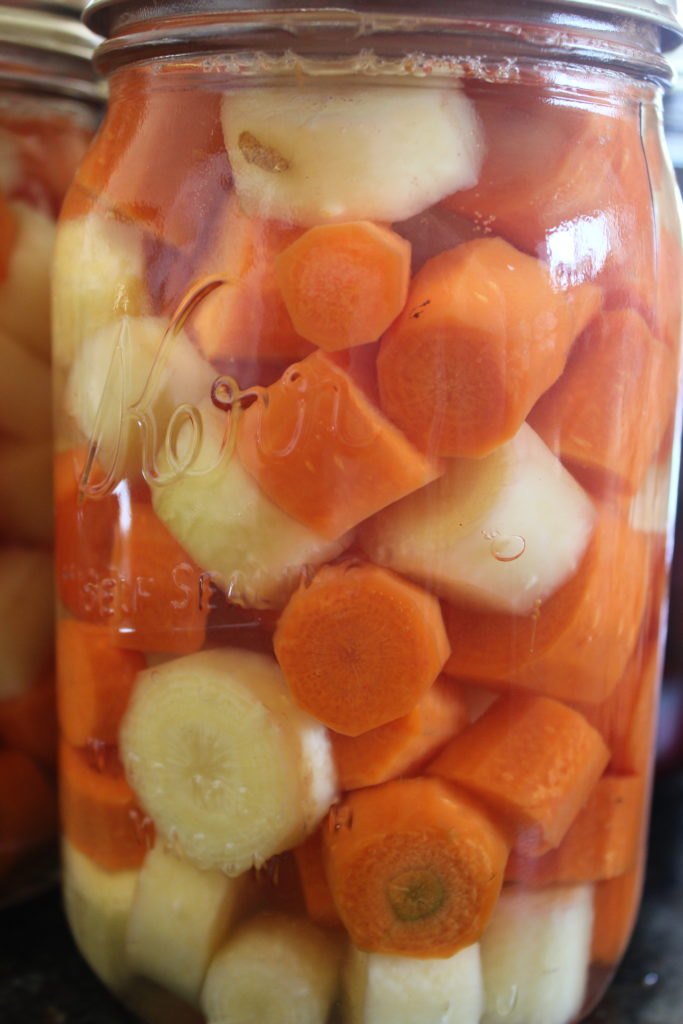
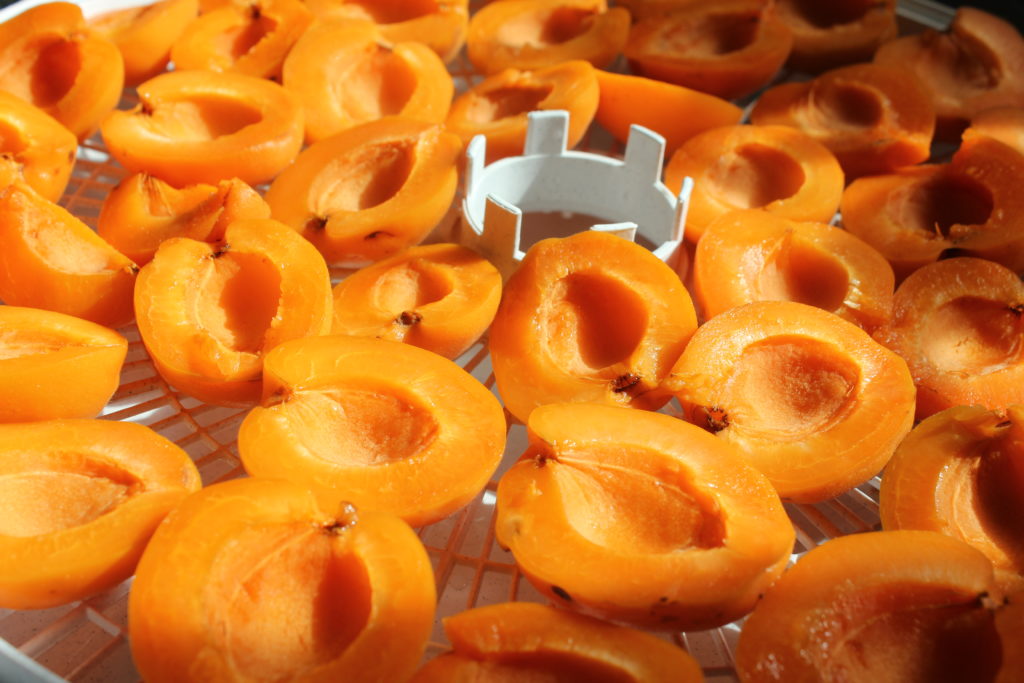
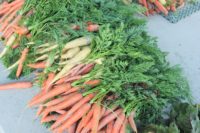
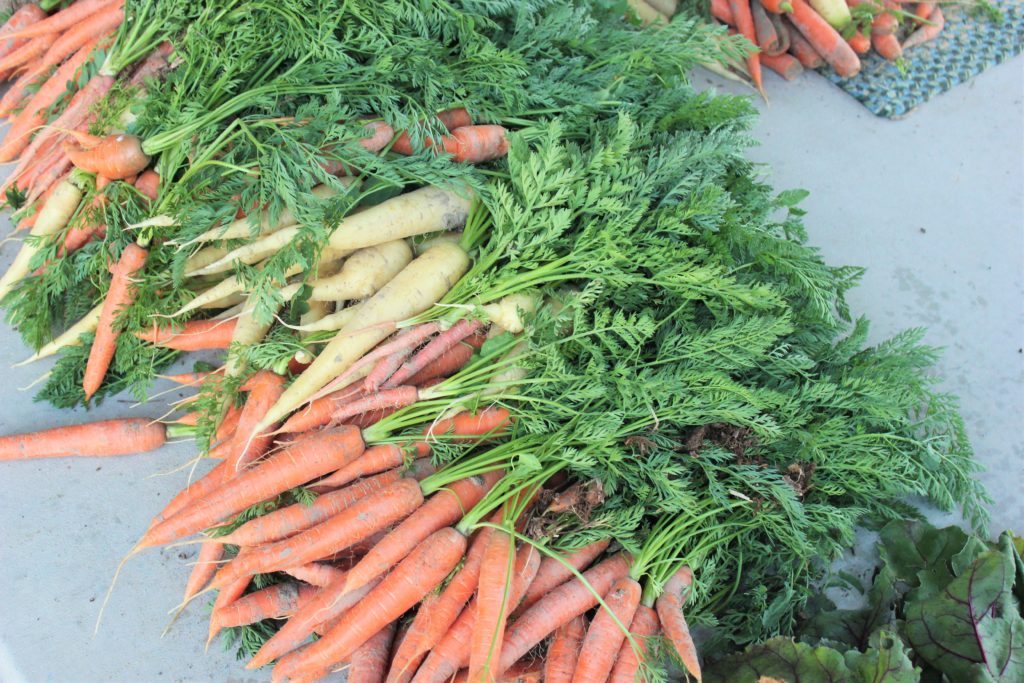
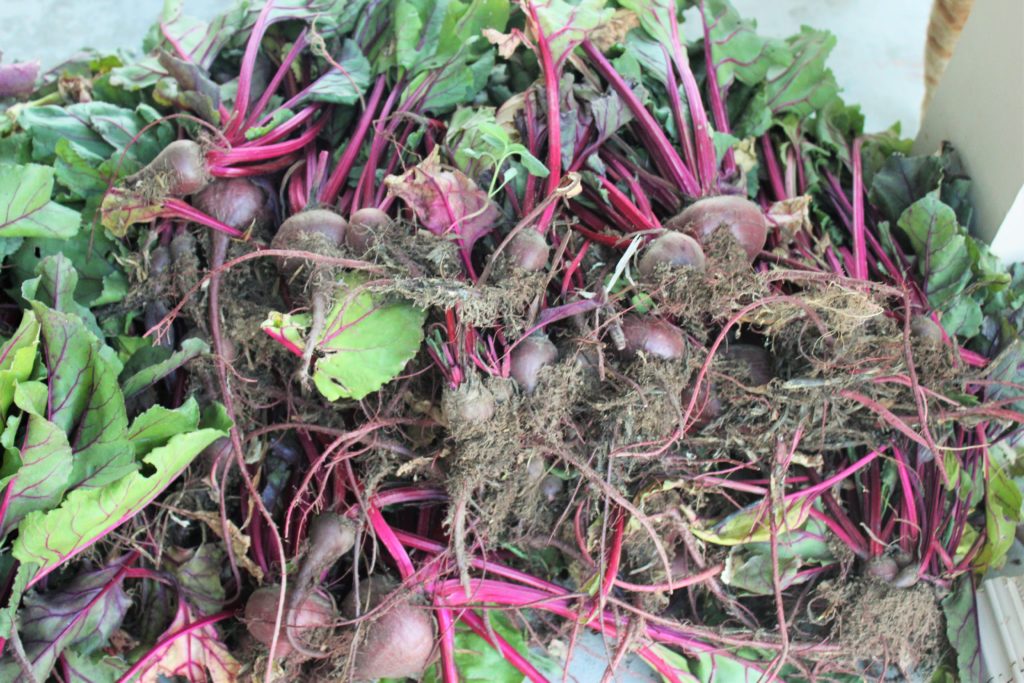
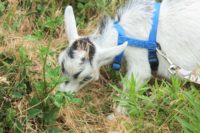
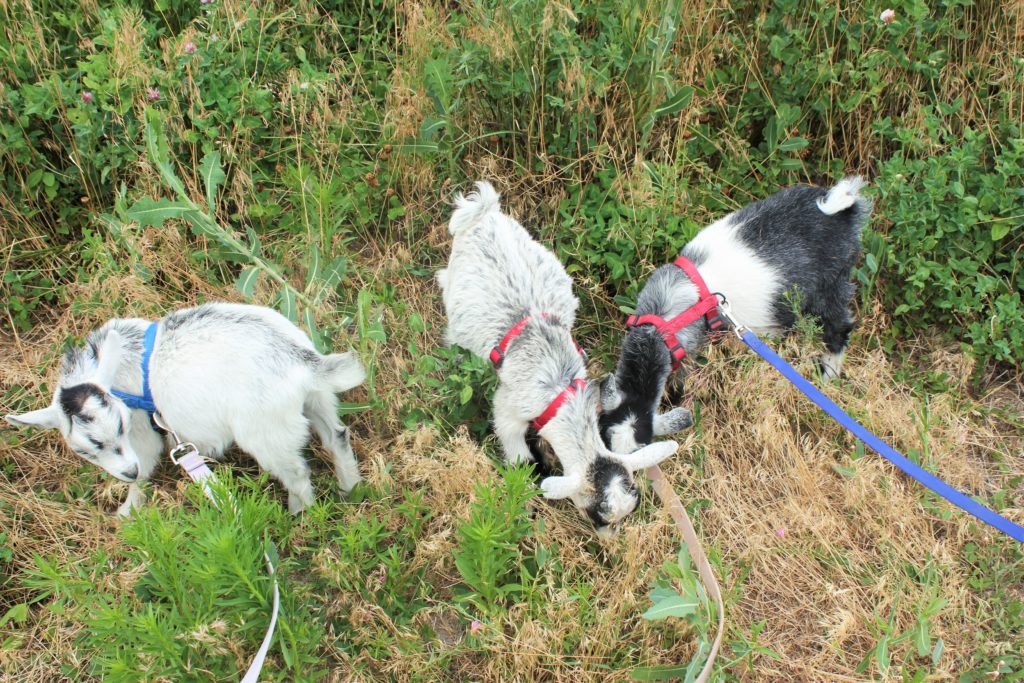
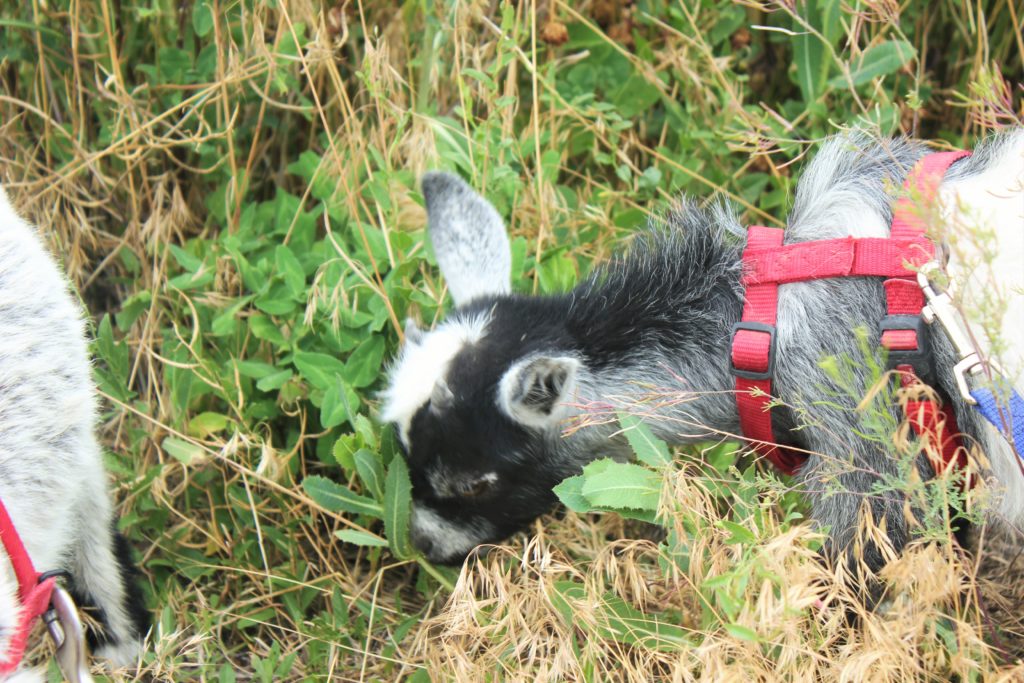
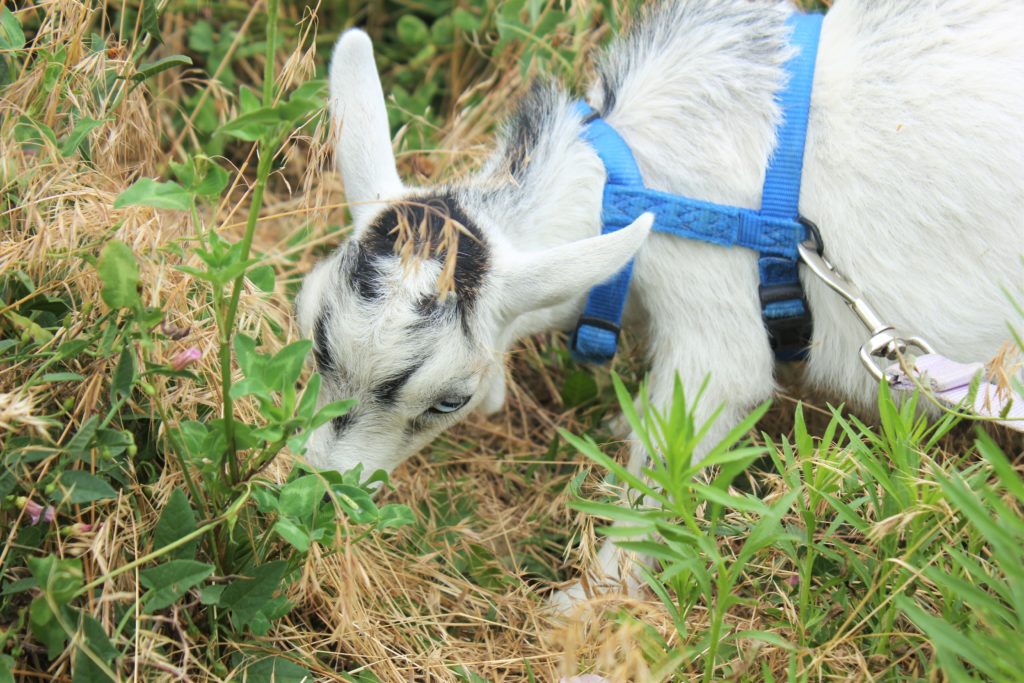 Here on our farm we don’t have vast pastures, we have small meadows and paddocks, but that same principle applies, just on a smaller scale. We set the goats out daily to graze, watching carefully so as not to over tax the land and then move our animals so the plot can rest and rejuvenate, making it more fertile and productive.
Here on our farm we don’t have vast pastures, we have small meadows and paddocks, but that same principle applies, just on a smaller scale. We set the goats out daily to graze, watching carefully so as not to over tax the land and then move our animals so the plot can rest and rejuvenate, making it more fertile and productive.